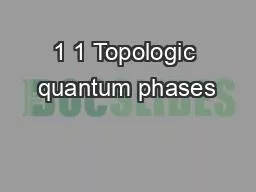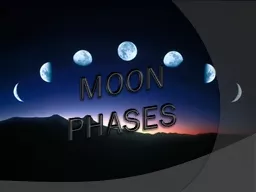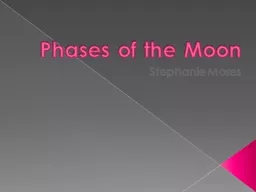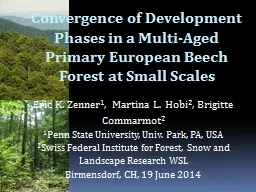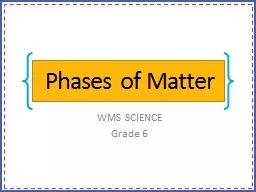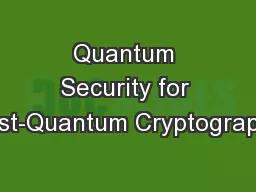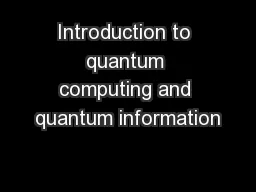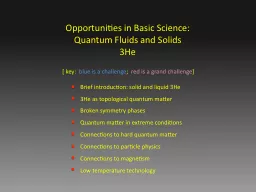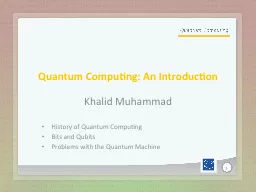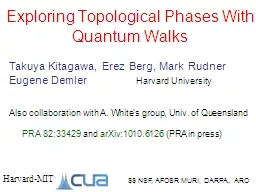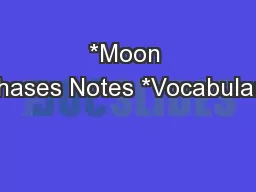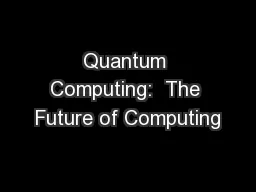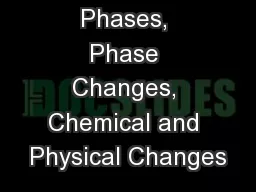PPT-1 1 Topologic quantum phases
Author : contessi | Published Date : 2020-08-06
Pancharatnam phase The Indian physicist S Pancharatnam in 1956 introduced the concept of a geometrical phase Let Hξ be an Hamiltonian which depends from some
Presentation Embed Code
Download Presentation
Download Presentation The PPT/PDF document "1 1 Topologic quantum phases" is the property of its rightful owner. Permission is granted to download and print the materials on this website for personal, non-commercial use only, and to display it on your personal computer provided you do not modify the materials and that you retain all copyright notices contained in the materials. By downloading content from our website, you accept the terms of this agreement.
1 1 Topologic quantum phases: Transcript
Download Rules Of Document
"1 1 Topologic quantum phases"The content belongs to its owner. You may download and print it for personal use, without modification, and keep all copyright notices. By downloading, you agree to these terms.
Related Documents

